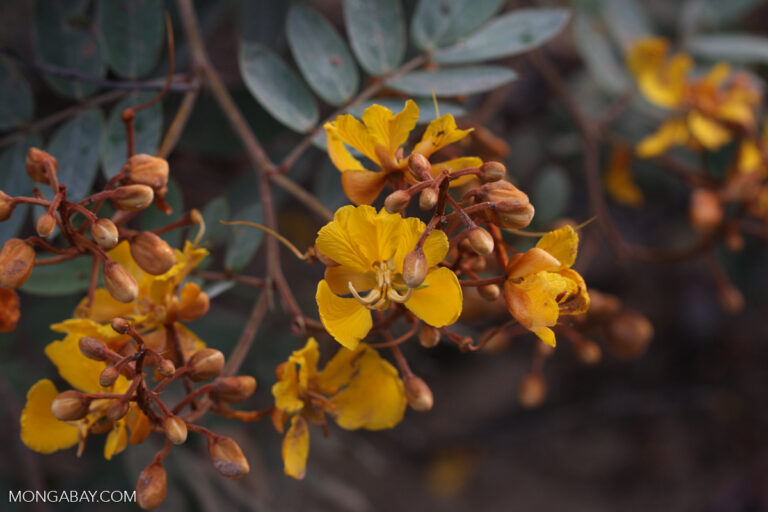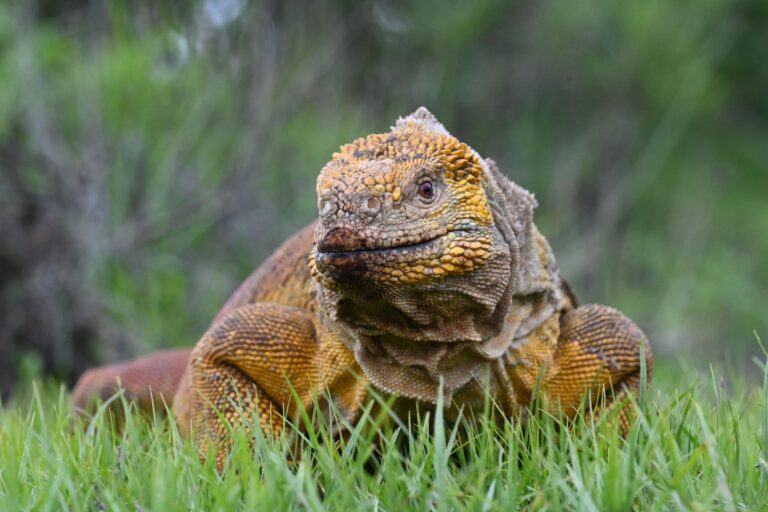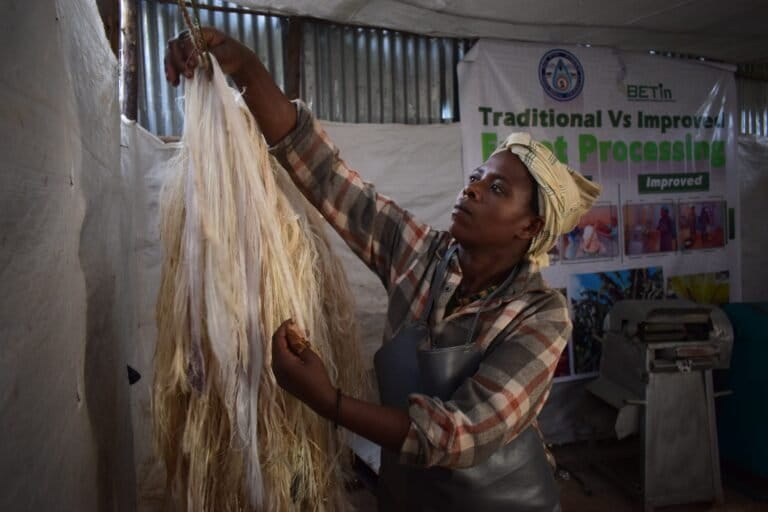As people move plants, soil and goods around the world, insects including ants often hitch a ride, making themselves at home in new regions. A recent study finds that some of these nonnative ants, currently restricted to warmer indoor environments like buildings or greenhouses, could easily spread outdoors as global temperatures rise, raising concerns for the local ecology.
For the study, researchers extracted information on 323 types of nonnative ants across 477 different regions. They classified the ants as “indoor-restricted” if they were only found indoors, in buildings or greenhouses; or as “naturalized” if they had also been recorded outdoors.
The researchers then collected data including temperature and rainfall patterns for each region to understand how climate influenced the ants’ ability to live outdoors versus indoors. Using models, the team then projected how climate change — specifically warming by 2° Celsius (3.6° Fahrenheit) and 4°C (7.2°F) — might make areas more suitable for indoor ants to live outside.
The study found ants that invaded warm regions were good at naturalizing outdoors, regardless of their native home’s climatic conditions. For example, Florida in the U.S. and Queensland in Australia, have warm climates with mild seasons. Both had high numbers of naturalized nonnative ants outdoors and very few indoor-restricted ants. However, when ants originating from warm environments, with little temperature variation over the year, were introduced to colder environments, they tended to be restricted indoors. European and North American regions, for instance, had the highest number of indoor-restricted non-native ants.
“We tend to think of non-native species invading outdoor environments only. But indoor environments — like homes, buildings and greenhouses — can act as safe havens for non-native ants, especially in colder regions where they wouldn’t normally be able to survive outside,” Toby Tsang, study lead author from the University of Toronto, Scarborough, said in a statement.
However, as the planet keeps warming, more indoor-restricted ant species will likely find outdoor environments suitable and potentially start thriving there as well, the study found.
Ontario, Canada, for example, is home to five nonnative ant species currently only found indoors, the researchers say. These include the South American-native Argentine ant (Linepithema humile) and the electric ant or little fire ant (Wasmannia auropunctata), native to Central and South America. Both are highly invasive global pests, which could also begin to thrive outside in Ontario with rising temperatures, the researchers found.
“These species can outcompete and prey on native species, cause ecological and agricultural damage, and even pose health risks to humans. We need to pay better attention to them,” Tsang said.
Overall, the study found that as the climate continues to warm, the Northern Hemisphere — particularly, the U.S. and parts of Europe, including the U.K., France, Switzerland and Finland — are most vulnerable to indoor-restricted ants expanding outdoors, creating new pest challenges.
Banner image: Argentine ant. Image by Pedro Caetano de Moura Pinheiro via Flickr (CC BY-NC-SA 2.0).














